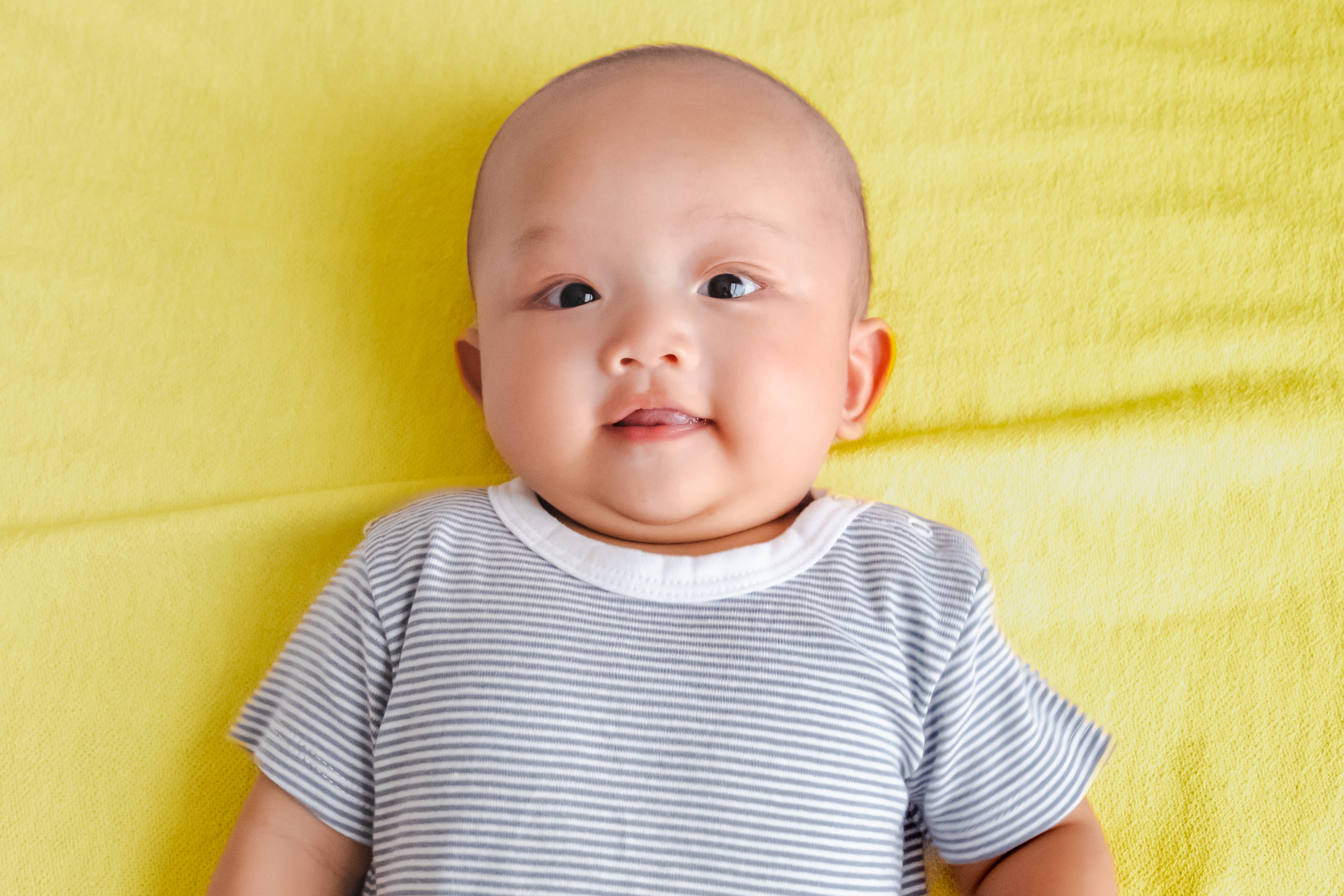Studies with babies
Newborns
Language is a very complex and structured communicative system yet most humans find it surprisingly easy to acquire language. What mechanisms support this readiness for language learning early in life? This is one of the main research questions at the NeuroDevCo group, which we address by studying newborns a few hours after birth.
We use a technique called fNIRS (functional Near-Infrared Spectroscopy) that allows to measure newborns’ spontaneous neural activity when listening to auditory inputs (e.g., continuous speech, individual syllables and words). We are currently conducting these studies at the Sant Joan de Deu Barcelona Children Hospital.

Infants
We are interested in how babies from 4 to 11 month-old detect and process different features of the speech. Young infants are known to pick up rules and structures of their native language(s) very quickly and effortlessly.
Specifically, we are interested in how infants segment the speech into small units like syllables. To tackle this issue, we use different techniques:
- Behavioral: we measure how long infants look at a computer screen while listening to different types of speech sounds
- Eye-tracker: we track infants’ gaze movements on the screen with high precision, and also measure their pupil dilation when listening to speech sounds
- fNIRS (functional Near-Infrared Spectroscopy): we are interested in looking at the activation of different brain areas when infants are listening to speech sounds
